One of the more exciting developments on Qobuz recently was the release of nine of Frank Zappa’s albums in “Hi-Res” (a term I personally hate because it includes 16-bit/44.1kHz and 24-bit/44.1kHz which I consider to be standard resolution) 24-bit/96kHz or 24-bit/192kHz. I think Frank is a very misunderstood artist by the general public. Many think of him as a comedy act because of his penchant for absurdism and satire in his lyrics. Others think of him as a parody artist because he is known to use elements of popular music in his compositions. Still, others have a problem pigeonholing him into the rock or jazz genres. While he did release a doo-wop album (“Cruising with Ruben & the Jets” as part of his “No Commercial Potential” project which includes “Lumpy Gravy”, “We’re Only in It for the Money” and “Uncle Meat”) rock is too limiting a genre, and while he was known to employ many of the top jazz players in his works, he always vehemently denied being a jazz musician. Many rightfully extol him as an epic guitarist, but that still is just surface. To paraphrase my favorite Dweezil Zappa quote, from a guitar seminar I attended, about trying to learn to play guitar, “Dad’s music was impossible, then at school one day I heard Van Halen, and thought, okay, that I can play!”, which he then backed up by playing Van Halen’s epic “Eruption”. Ironically, because of this, Frank talked Eddie Van Halen into teaching Dweezil how to play guitar.
While he ticks all the boxes for progressive rock and progressive jazz, as well as, psychedelica, and would probably have been comfortable being grouped with performance artists like Laurie Anderson and John Cage, I had an epiphany as to his true nature watching his early pre-Mothers appearance on “The Steve Allen Show”, he is simply an avant-garde classical composer, one of the best America has ever produced, and to say any less is to belittle his great talent.
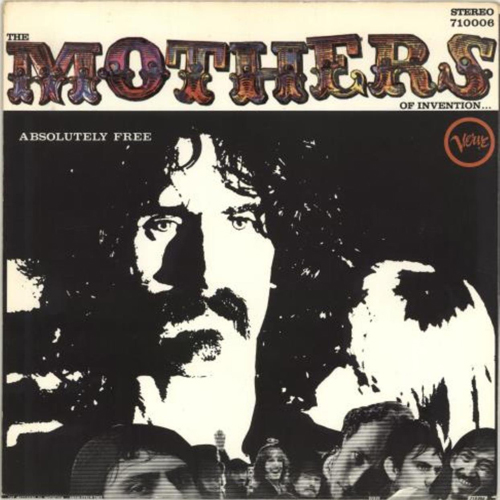
I began my tour by revisiting his second album (1967) “Absolutely Free” (24-bit/192kHz) which was the first Frank Zappa (The Mothers of Invention) album I ever owned. It is classic Zappa, a complex tapestry of dissident sounds, random evolving rhythms, multiple lyrical lines and melodies, punctuated by short spurts catchy melody, and counterpointed by passages of spoken word often layered with competing refrains of dialog. The instrumental passages are a weave of half a dozen lead lines backed by a driving bass and an orchestra of percussion. The closest thing to a pop hit on the album is “Son of Suzy Creamcheese” which is about three minutes of frenetic hard rock crammed into a frantic one-minute thirty-three seconds. More typical is “Brown Shoes Don’t Make It”, seven and a half minutes of music and story comprised of about 23 song fragments painting a picture of political corruption, hypocrisy, and child molestation.
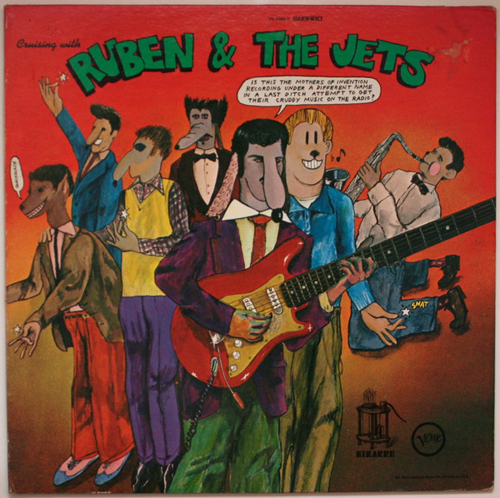
It was at this point that I was made aware of “Cruising with Ruben & the Jets”, which I will admit, despite being one of Frank’s favorites, I did not enjoy. The vocals are too strident for doo-wop and the tunes are just not engaging, it makes one grateful that Frank never made a serious jab at pop music. Though it is meant to be a piece with my favorite Zappa efforts “Lumpy Gravy” and “We’re Only in It for the Money” it is hard to see the connection. On the other hand, “Uncle Meat” despite being only standard resolution, turned out to be a magical previously undiscovered find though bizarrely weird (okay, maybe it is not that odd that a Zappa album is bizarrely weird) in that it is the soundtrack of an unreleased unfinished movie (though a making-of film of the same title was released).
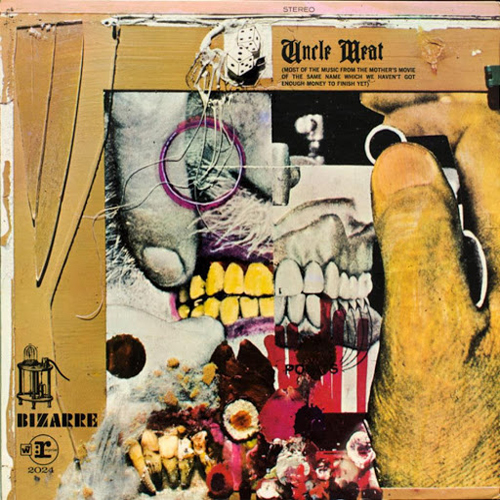
What was available in high-resolution 24-bit/96kHz was the 86 track “Halloween 81 (Live At The Palladium, New York City 1981)”. Frank’s Halloween shows were known to be epic and this one was no exception. The sound quality of the recording is excellent and in 24-bit/96kHz you get a lot of the feel of actually being there. The performances appear to be tracks from his recent albums featuring Frank’s guitar work, which is understandable considering that he released five albums in 1981; he had also released five albums in 1979, apparently actually taking a year off between. That being said, one of the highlights was “Strictly Genteel” from “200 Motels” (1971). The closing encore for night one was a rousing seven-minute cover of Gregg Allman’s “Whipping Post”.
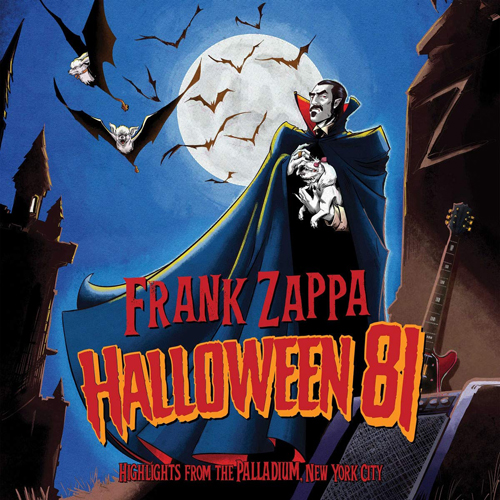
It took me about four days to listen to the full 86 tracks and during that time I came to realize that this was probably Frank Zappa’s most accessible work, being made up of just songs, though several are instrumentals, but dialog is limited to circumstantial events rather than thematic commentary, making it a great starting point for those who are new to Frank or have never taken him seriously and given one of his albums an actual listen.
Before moving on to completely different material, I decided to look up Dweezil Zappa and see what was available. Unfortunately, the only Zappa Plays Zappa song was “The Gumbo Variations” (24-bit/48kHz) wonderfully performed live in 2010 (sans the title “Zappa Plays Zappa” most likely due to the legal battle with his siblings over the Zappa name, which also probably accounts for the album “Zappa Plays Zappa” not being available).

On the other hand “Via Zammata” (2015 – 16-bit/44.1kHz) was stunningly brilliant. Dweezil has retained all of his father’s virtuosity, complex multi-layered composition, and sense of humor, yet the last four songs; “What If”, “Jaws of Life”, “Just the Way She Is”, and “Billionaire’s Son” all have that classic rock pop and catchiness that make them ripe for pop hit status, while retaining wizardly artistry and playing. “Just the Way She Is” is my favorite offering a real feeling of personal history.
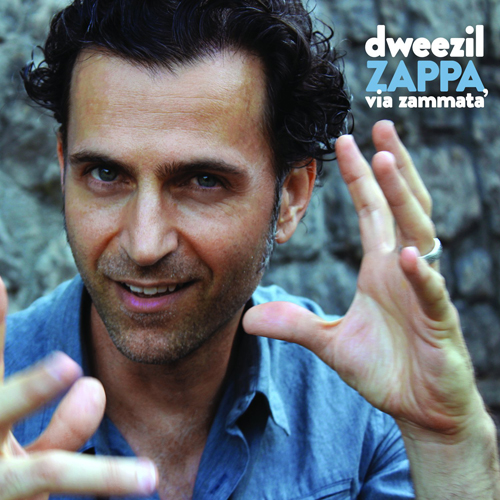
I could easily make this just about Frank Zappa but I began this column with the intent to explore new music, so I glanced through “New Releases” and came up with Portugal. The Man’s “Oregon City Sessions (Live)” which for my money hit it out of the park with some real hard-hitting late ‘60s style Psychedelic hard rock with Punk, Reggae, Grunge, Art Rock, and Progressive influences. “1989” enjoyed T-Rex style vocal reflecting Marc Bolan’s mellower songs. Being a live recording the album really captured that small club feeling.
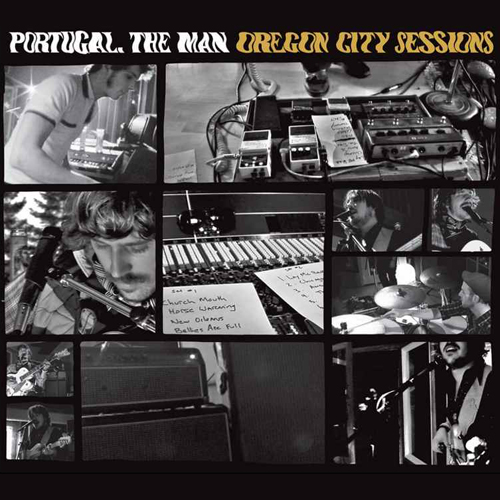
Though all of the tracks appear to not have been fully uploaded (half the songs only offer 30-second previews) “Hanamichi” by Masabumi Kikuchi serves up some intense and contemplative piano improvisations. “My Favorite Things I” begins with the root theme of the Rodgers and Hammerstein classic but quickly departs into an eclectic exploration of tonal dissidence. “Improvisation” breaks down into a random collection of riffs after a while clinging too closely to its titled theme. On the other hand “Little Abi” offers up a quite pleasant melodic ambiance very reminiscent of George Winston. While not quite Liz Story it is definitely worth a listen.
That pretty much concludes this month’s session, I definitely spent a lot more time listening than writing, but I didn’t want to get bogged down in minutiae, rather I wanted to deal with the overall feel of the albums and artists this time out. Until next month, remember it’s about the music.








Leave a Reply
Want to join discussion?
Feel free to contribute!